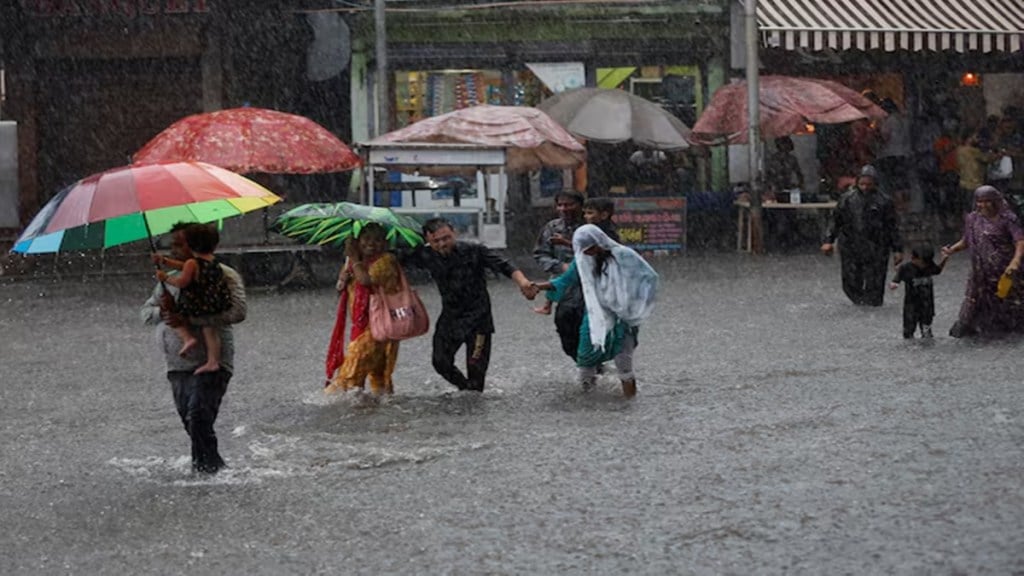The India Meteorological Department (IMD) on Monday announced the start of withdrawal of southwest monsoon (June-September). Overall rainfall during the annual phenomenon this year has been 5% above benchmark long-period average so far.
“Southwest monsoon has withdrawn from some parts of west Rajasthan and Kachchh, today, against the normal date of September 17,” according to the IMD statement. The met department also stated that ‘conditions are favourable for further withdrawal of southwest monsoon from some more parts of west Rajasthan and adjoining areas of Punjab, Haryana and Gujarat during next 24 hours.
Usually, the southwest monsoon makes its onset over Kerala by June 1 and covers the entire country by the first week of July. It starts withdrawing from northwest India from the middle of September, withdrawing entirely by October 15.
Meanwhile, the met department predicted ‘enhanced rainfall activity with very heavy to extremely heavy rainfall over coastal and north Interior Karnataka, Maharashtra, Goa, central, east and northeast India during next three days.
The overall rainfall this season since June 1 till Monday has been 5.1% above the benchmark long period average or ‘above normal’ range. According to IMD data 76% of the 729 odd districts in the country have received rainfall in the range of surplus to normal range.
In May, the met department in its earlier forecast had predicted ‘above normal’ monsoon rainfall at 106% of benchmark average during June-September this year with 92% chances of the rains being in the “normal-to-excess” range.
With surplus rainfall so far in this monsoon season and kharif crops reporting higher than last year, the output of rice, maize and pulses are expected to rise compared to previous year while cotton output is set to fall because of lower sown area, according to preliminary assessment by the agriculture ministry.
Overall sowing of kharif crops such as paddy, pulses, oilseeds, coarse cereals and sugarcane have been up 1.5% on year at 110.46 million hectare (MH) so far.
At 41.35 million hectare (MH), paddy sowing has been up more than 2.2% on year.
“Our overall rice production will be more than last year despite flooding because rice planting is higher this year,” Shivraj Singh Chouhan, agriculture has said on the impact of recent rains and flooding over several parts of the country.
Cotton sowing had declined by 9% to 11.27 MH as compared with 12.37 MH during the same period last year, according to agriculture ministry data till September 20.
Recently the agriculture ministry has stated that the outlook for tur and moong production is robust. At 12.85 MH, pulses – tur, urad and moong sown area is up 7.8% on year. However traders say that while tur output is likely to be higher than last year, urad output may get impacted because of surplus rains across key growing areas.
Nearly half of the country’s farmland depends on monsoon rains for cultivation of kharif crops — paddy, pulses and oilseeds.
In addition, adequate monsoon rains also provide sufficient soil moisture for sowing of the rabi or winter crops — wheat, pulses and oilseeds.
According to the latest Central Water Commission (CWC)’s weekly bulletin, the 155 key reservoir capacities are filled up to 87% of their capacities.

